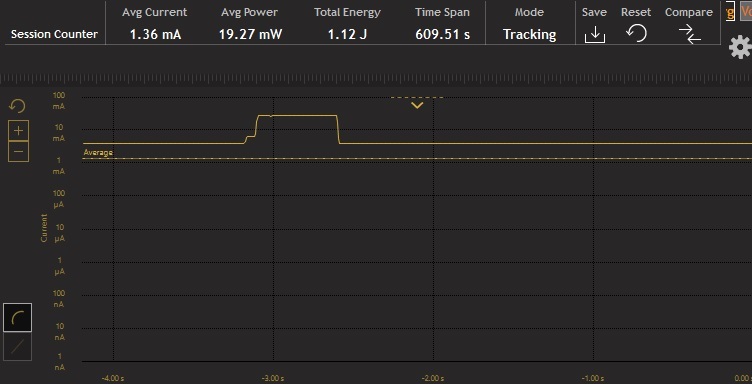Other Parts Discussed in Thread: CC1350
Tool/software: TI-RTOS
Hi all,
I loaded the rfWakeOnRadio_Tx_CC1350_LAUNCHXL_tiros_css example onto the CC1350 launchpad. The code is functioning well, when I press on BTN1, the LED toggles.
However, when I try to measure the current consumption on the Launchpad, I am getting a constant 4mA current consumption when the program is idle and not transmitting. I have removed all the Jumpers to the debugger and LEDs so the only thing that is powered up is the is CC1350 itself.
Anyone can advise on how to reduce the current consumption?
Thanks!
Cheers,
Kian


